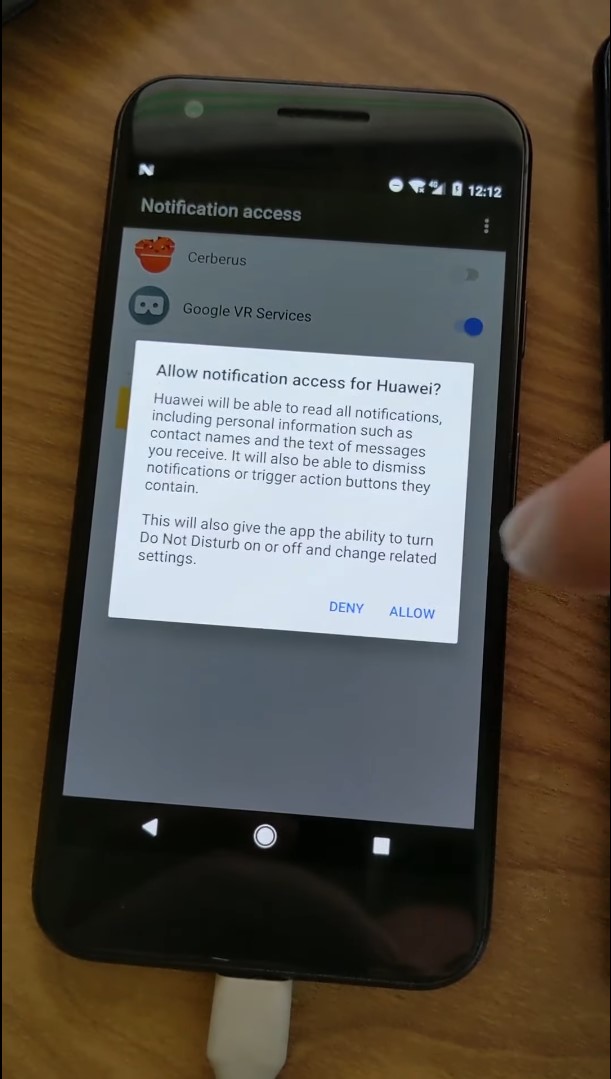
- Whatsapp for mac malware install#
- Whatsapp for mac malware update#
- Whatsapp for mac malware full#
- Whatsapp for mac malware software#
Whatsapp for mac malware update#
Waiting to switch to the latest version of iOS leaves your iPhone vulnerable to malware, so update as soon as you can, every time. When a security breach or even the possibility of one is detected, Apple programmers get to work tightening up the chinks in your iPhone's armor. Operating system updates are a way for Apple to introduce new features and fix bugs, but also to keep security at the highest possible level. It can be tempting to wait on updating your operating system it seems like you just got comfortable with the last version! There's a very good reason to make the switch as soon as possible, though. To protect your iPhone from virus or malware, we suggest you update iOS regularly.
Whatsapp for mac malware software#
When the process is complete, the software program screen will let you know.Īnd that’s it! Now you have erase all spyware and virus from your iPhone completely. Step 4 : Finish confirming your Erase All Data choices and begin the erasing process.
Whatsapp for mac malware full#
For spyware, you will want to select "High Level," which performs the full erasure process twice using the DoD 5220.22-M standard. Step 3 : Select the desired security level. Step 2 : Select "Erase All Data" on the program screen, and then click "Erase" to bring up the confirmation box.
Whatsapp for mac malware install#
Step 1 : Download and install Syncios iOS Data Eraser on your computer.

Part 2: 4 Ways to Get Rid of Virus on Your iPhoneĪfter checking all the steps above, if you find something suspicious or unknown apps, you need to take actions on this situation. That said, there is a chance, however slim, that a piece of malware is working in the background without your knowledge. This could be down to any number of issues, from legitimate apps eating up your battery to the fact your battery may just be declining due to age. Your iPhone is overheatingĪgain, lots of things could cause your iPhone to overheat (a faulty battery is usually the culprit) But, in rare cases, it could indeed be a sign of a virus. Check your billing statement to make sure you haven’t had a spike in data usage, or are suddenly paying for sending SMS messages to premium numbers. Viruses run in the background, using your data to communicate with the internet. If pop-ups keep, well, popping up with the same frequency, you may have an issue. Make sure you've blocked pop-ups in your Settings, then see if the problem diminishes. If you're experiencing lots of pop-ups when browsing Safari on your iPhone, that's not necessarily a symptom of malware. If there’s an app on your phone that isn’t in this list (and doesn’t come from Apple), it’s likely malicious. Step 3 : To see a list of every app you’ve installed from the App Store, tap the Apps icon at the bottom of the store, tap your profile photo, then tap Purchased. It’s best to delete it if you don’t know what it is. Step 2 : If you see an app that looks familiar but you don’t recall installing it, it could be malicious. Step 1 : Swipe through the screen and look for the apps that you don’t remember installing. You should also consider clearing your cookies when visiting the banking or financial accounts, and "keep an eye on their security settings and digital assets to prevent compromise and leakage," researchers advised.The malicious apps look similar to the original apps so you need to be extra careful while checking for unknown apps. Since the researchers believe that the CookieMiner campaign is still active, the best way to prevent falling victim to such malware attacks is to avoid saving your credentials or credit card information within your web browsers and, not to mention, avoid downloading apps from third-party platforms. Palo Alto Networks has already contacted targeted cryptocurrency exchanges and wallet services, along with Apple and Google, and reported the issue.

The agent can also be configured to download additional files.Īlthough it is unclear how the CookieMiner malware is pushed to the victims at the first place, it is believed that the users are tricked into downloading tainted software onto their machines which delivers the malware.

What's more? CookieMiner also uses the EmPyre backdoor for post-exploitation control, allowing attackers to send commands to the infected Mac computers for remote control.ĮmPyre is a Python post-exploitation agent that checks if the Little Snitch application firewall is running on the victim's machine and if it finds one, it will stop and exit.


 0 kommentar(er)
0 kommentar(er)
